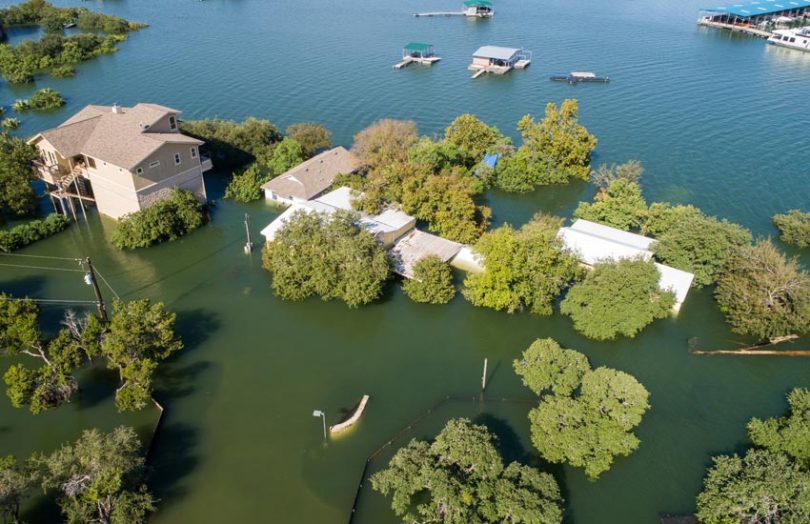A recent report by the advisory board of the U.S. Federal Emergency Management Agency (FEMA) recommends using blockchain to expedite insurance payouts in the event of a disaster.
Blockchain for parametric insurance is well suited because smart contracts can automatically trigger payouts if certain conditions are met. But this can be enabled only with trusted data sources, which can be solved with the cryptography of blockchain networks.
The draft report cites Hurricanes Maria in Puerto Rico or Harvey in Texas, where citizens lost essential documents such as policy papers, land ownership records and personal identification needed to file a claim.
An additional benefit is the potential redundancy that blockchain brings. If there are multiple copies of records, when a disaster wipes out one set of storage, other nodes on the network can provide resiliency. This advantage assumes a more conventional blockchain, whereas with some distributed ledger technologies, only the transaction participants store the data.
The monthly National Advisory Draft Report suggests creating a “blockchain land/property registry with critical information needed to file an insurance or disaster assistance claim”. FEMA may explore partnerships with insurers to make the triggering event a federal disaster declaration.
The national advisory council said a pilot for the blockchain registry could enable FEMA to engage different government departments in the event of a disaster. It can also speed up disaster response times and insurance claims payments, without the risk of fraud.
This will also help the government to hold insurance companies liable, instead of shelling money from its own treasury for disaster relief. On the other hand, blockchain can enable other technology-powered solutions such as geo-referencing properties.
In a small number of instances, insurance companies have already implemented some of the recommendations of the report. But a government registry will enable the regulator to keep a watch on the activities.
In Sri Lanka, Aon, Oxfam and Etherisc have a blockchain microinsurance initiative for rice farmers. Weather catastrophes are monitored to automate the claims process, effectively reducing costs for the insurers and thereby making the premiums affordable. Startup Skyline Partners is implementing a similar solution for Indian tea plantations.
Two weeks ago, MetLife’s LumenLab released a whitepaper documenting the use of its blockchain parametric insurance solution, Vitana, for automated payouts for a pregnancy complication.






